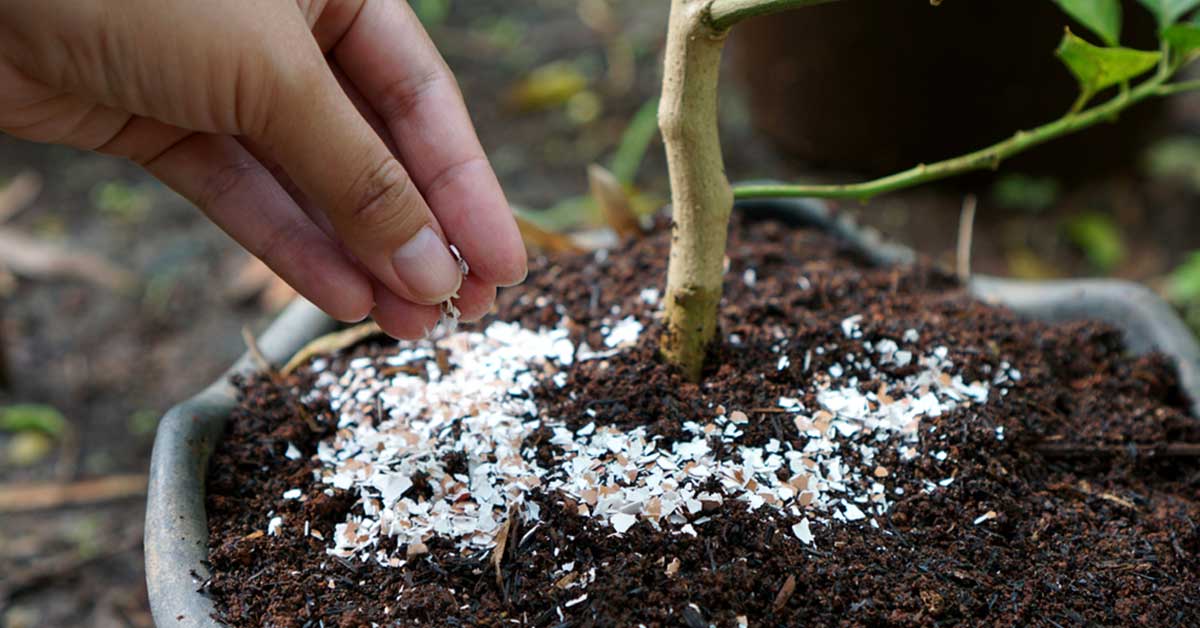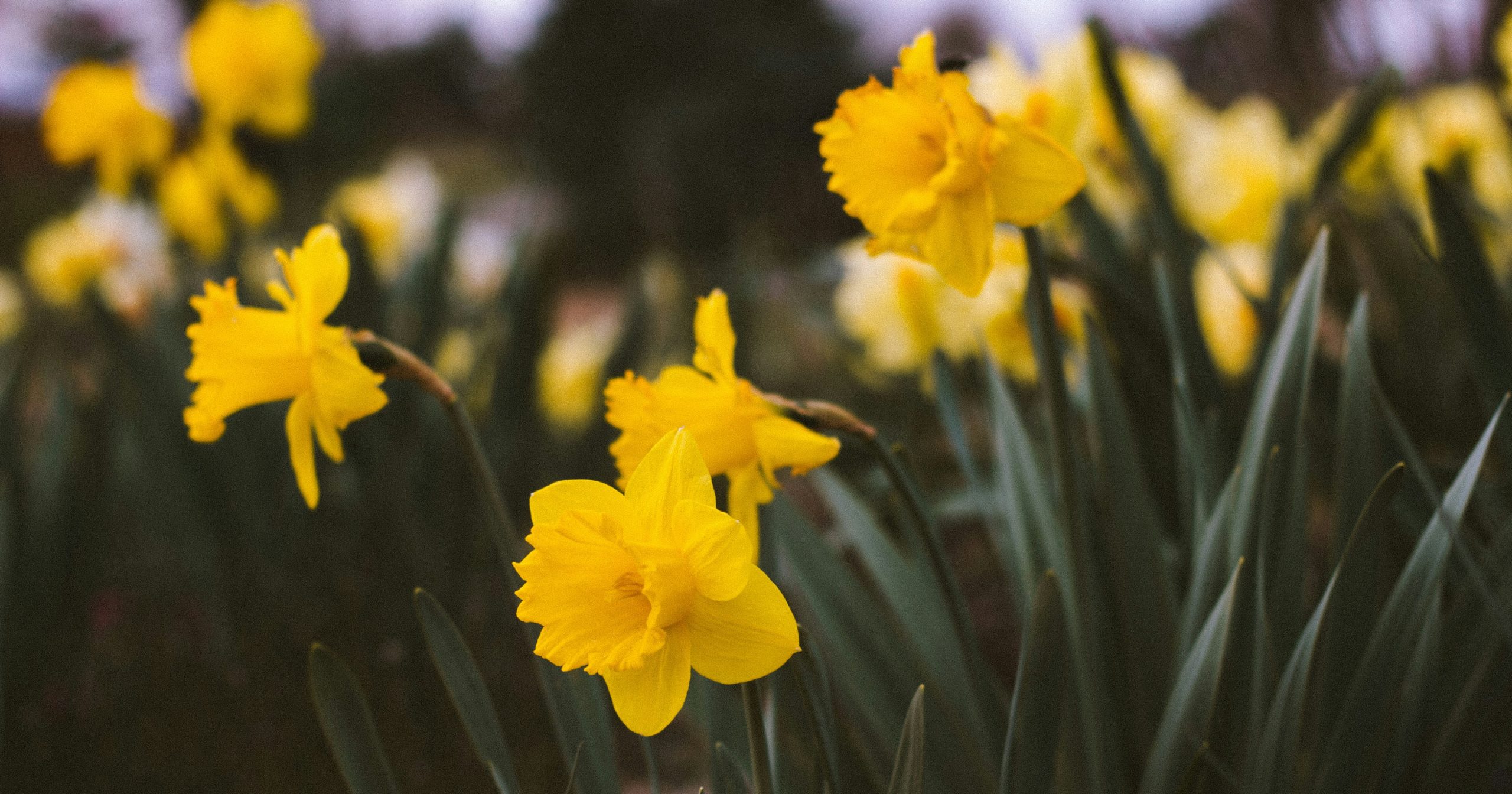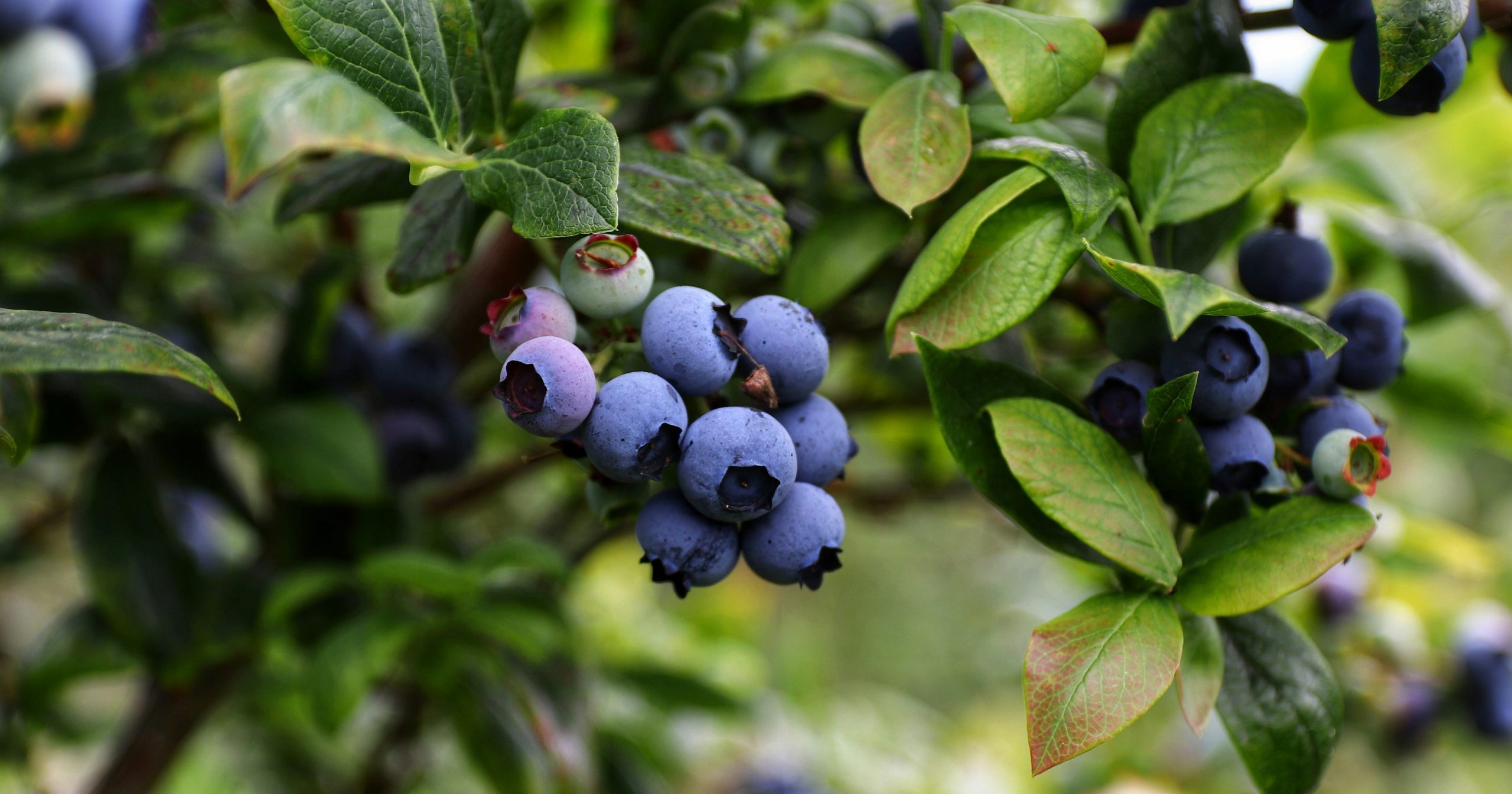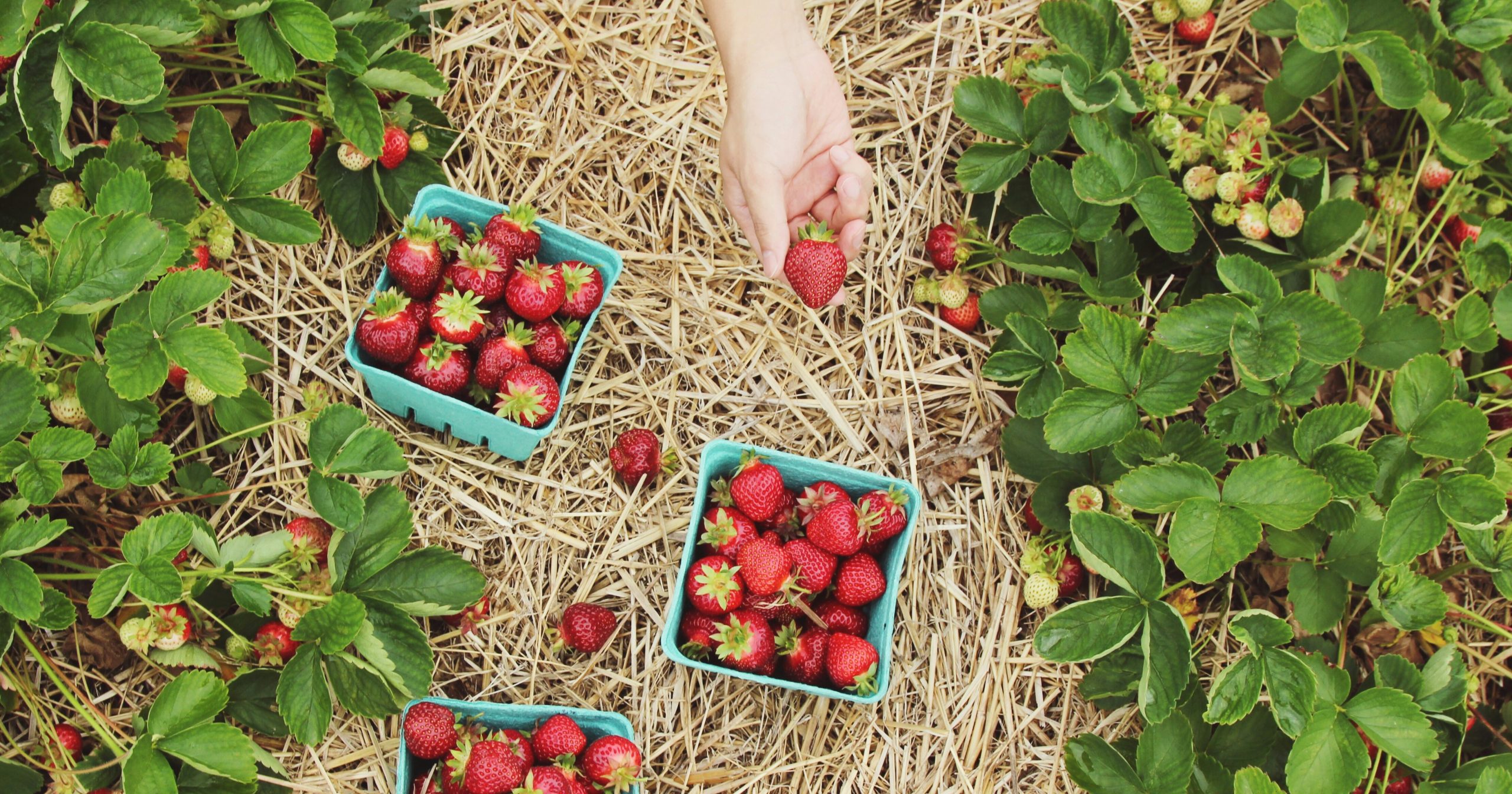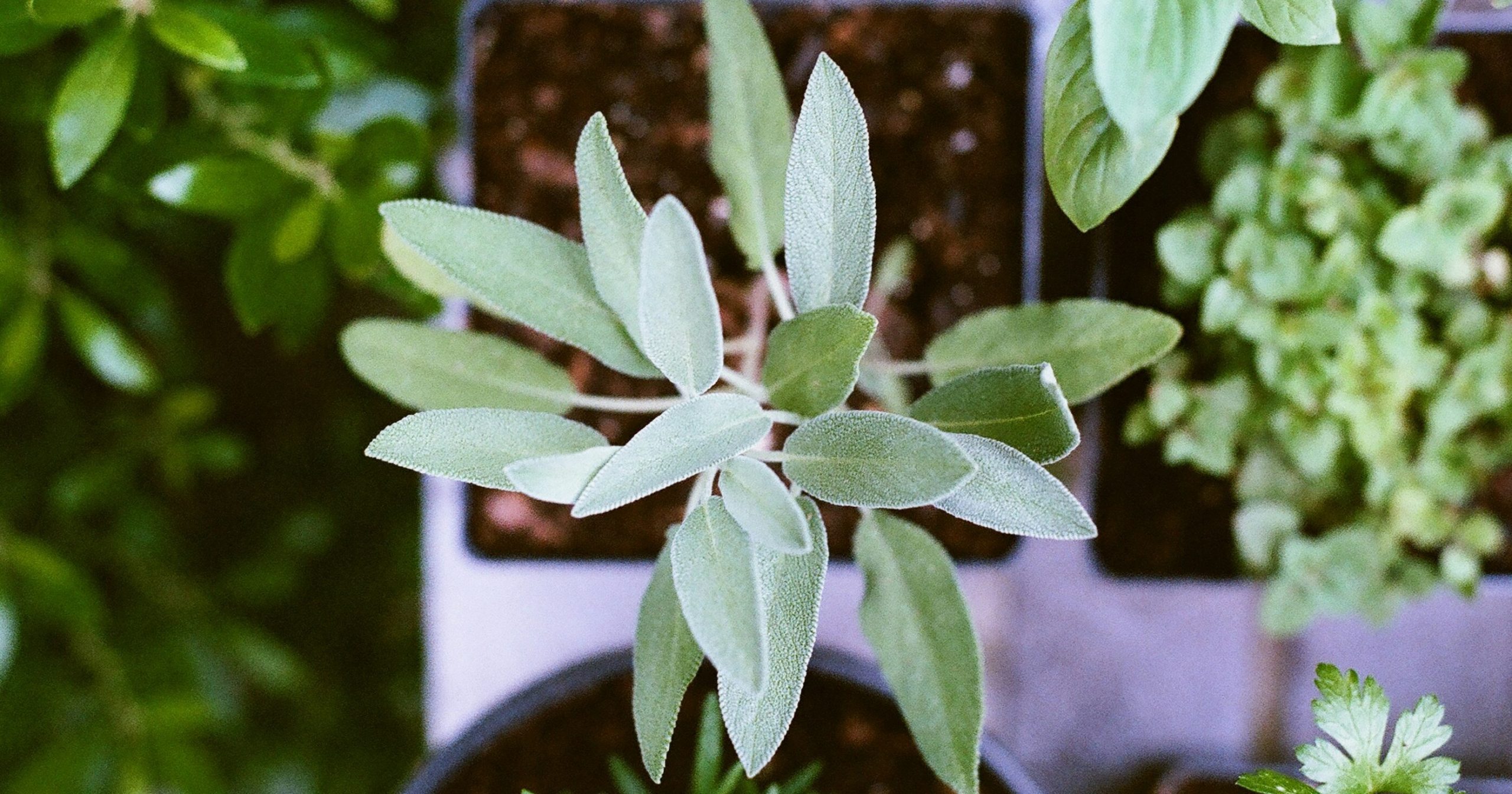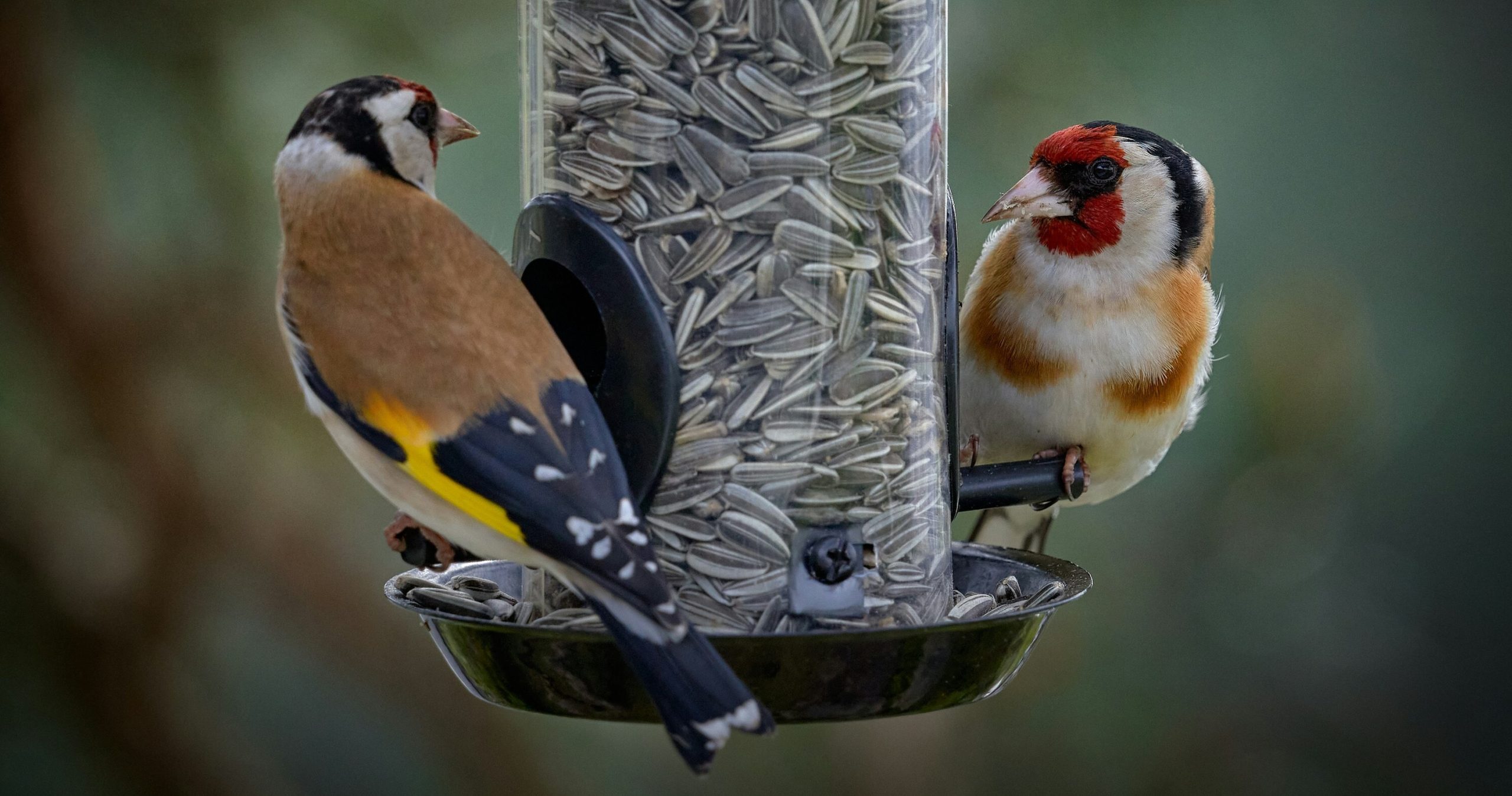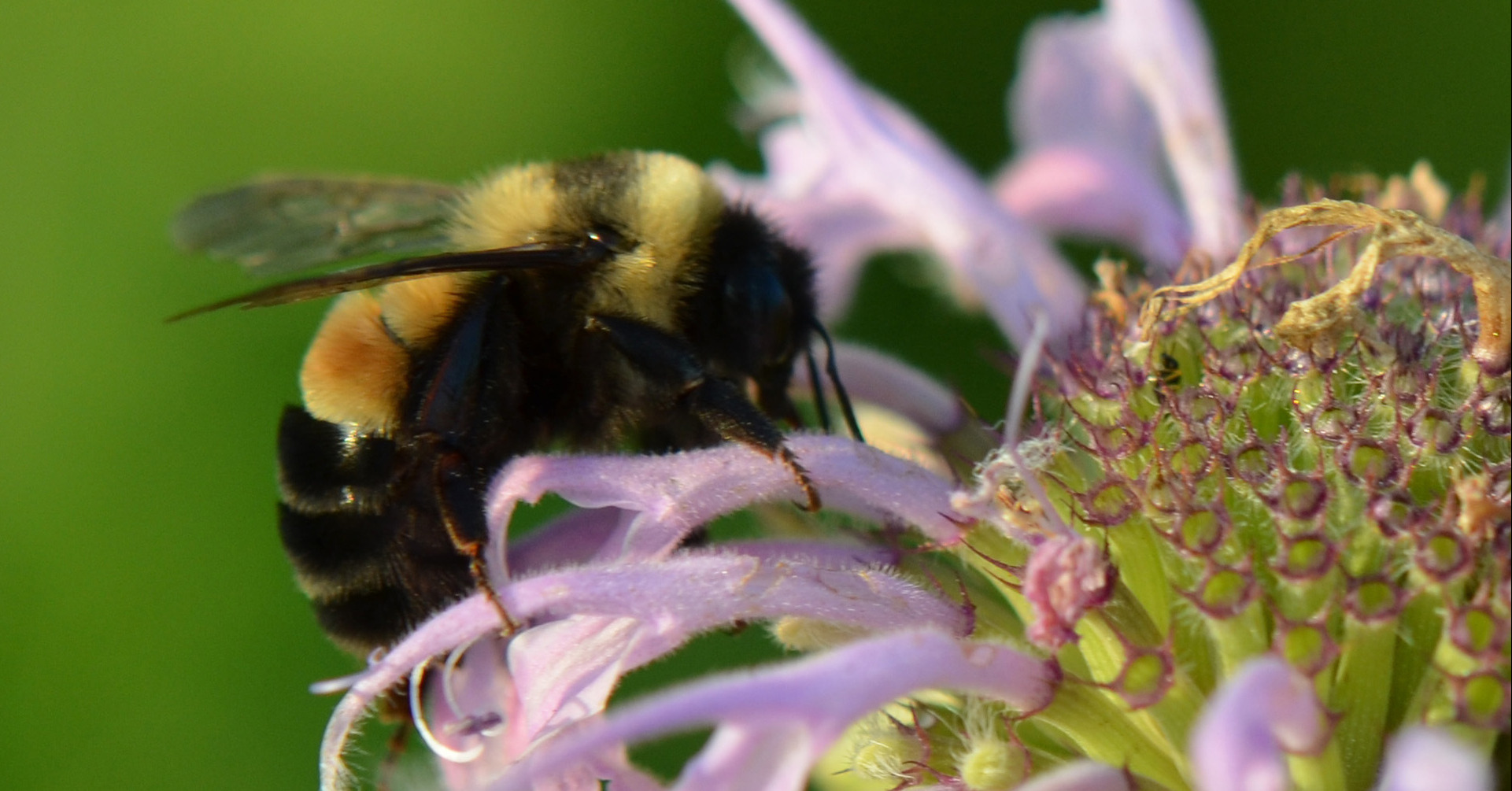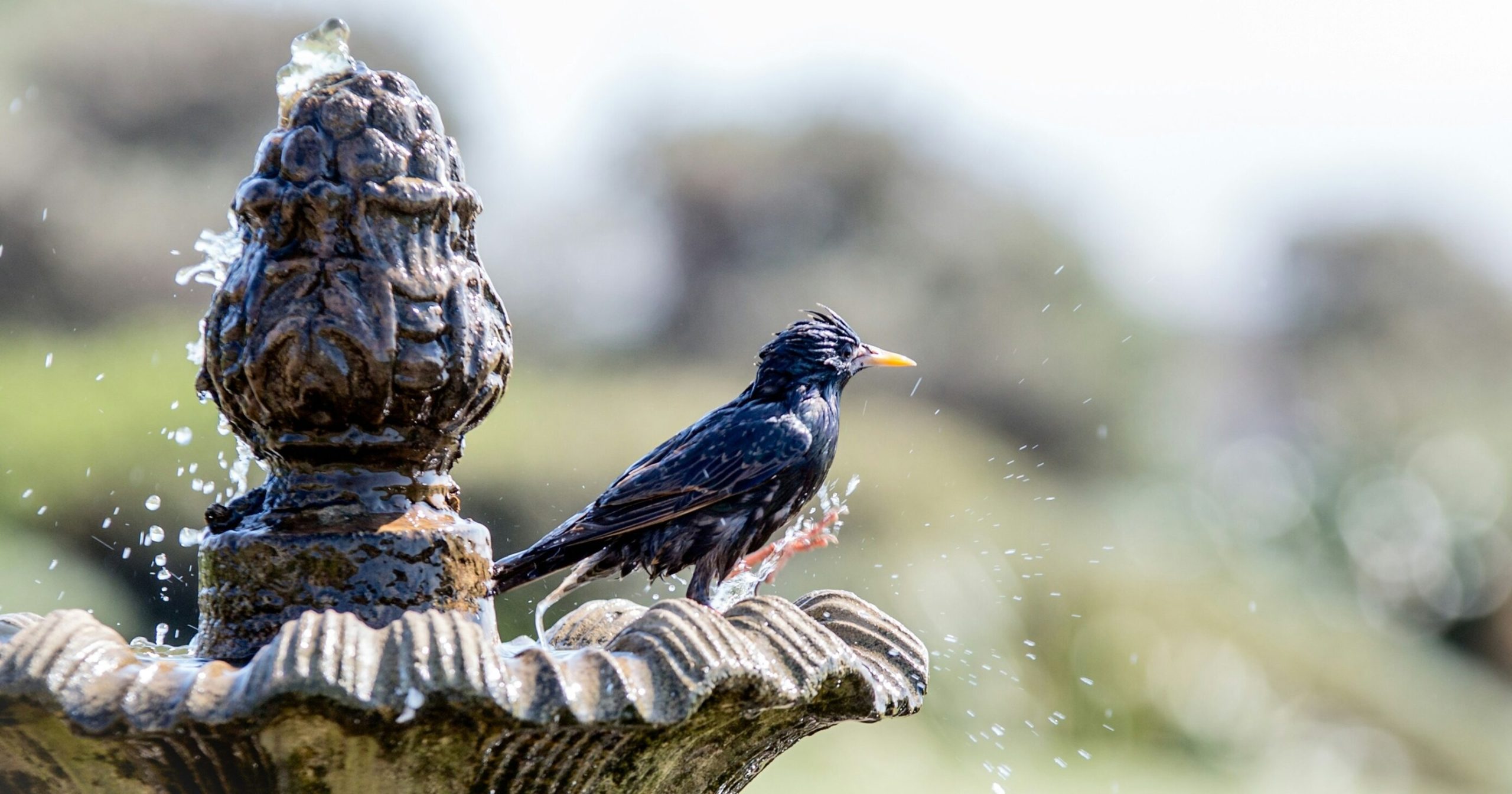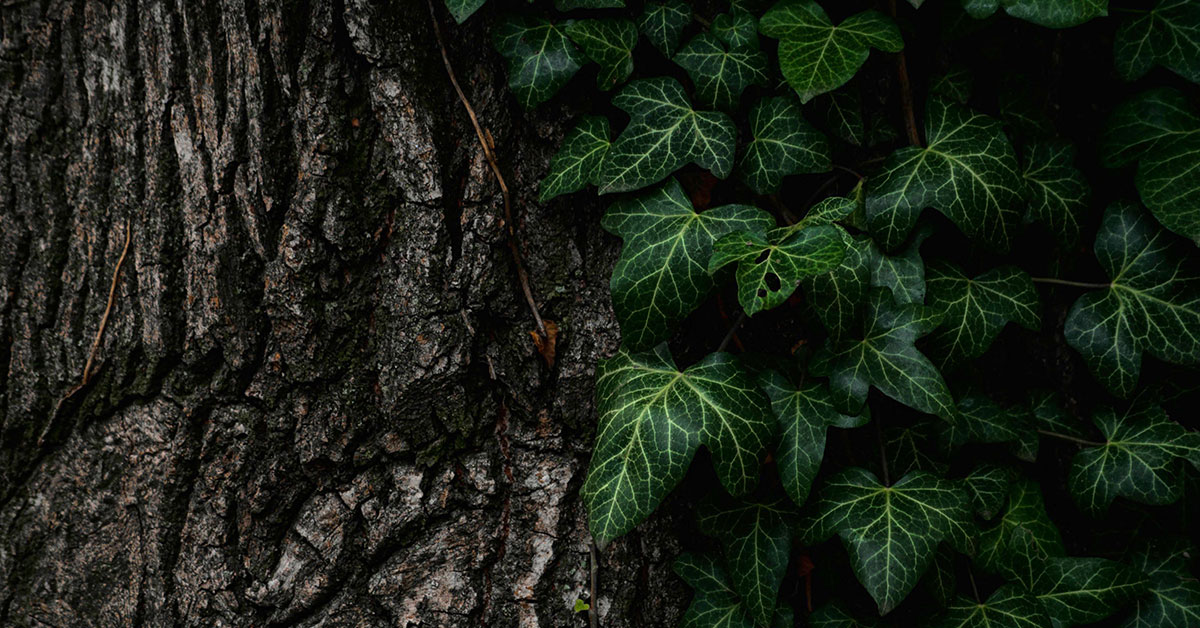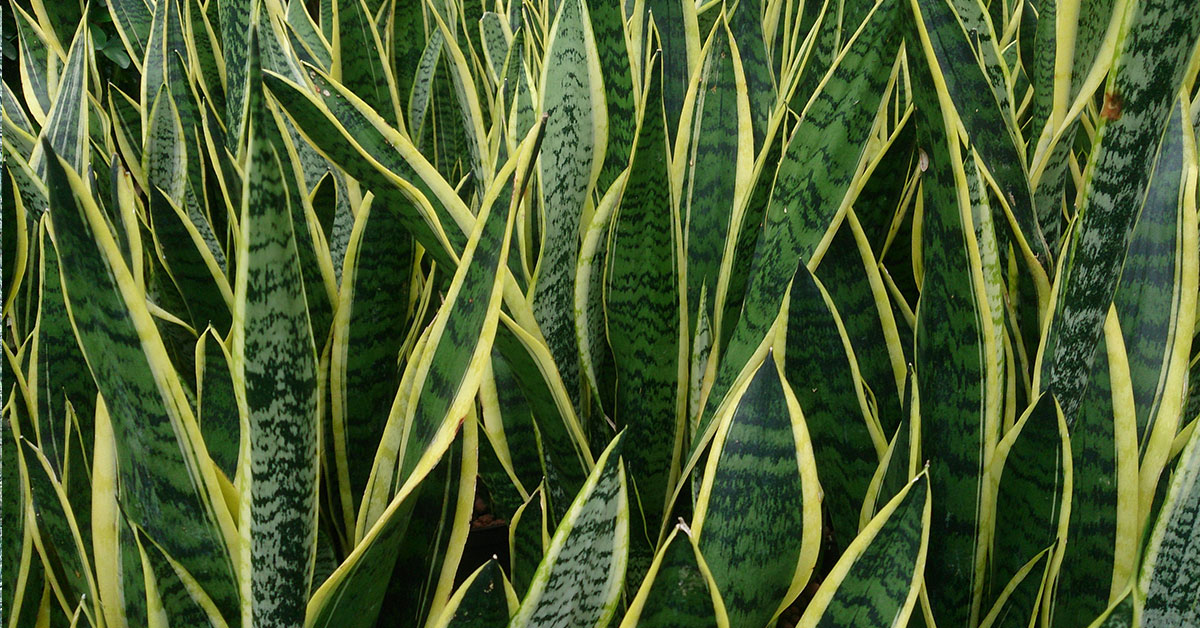If you suspect your plants may be struggling with a calcium deficiency, it’s important to quickly add calcium to your soil in order to save them from death. Once you know how to maintain soil calcium levels, it’s pretty much guaranteed you’ll never run into this issue again! Let’s dive right in.
Why should you add calcium to your soil?
Plants need 16 minerals and nutrients in order to grow and thrive. Those essential nutrients and minerals are nitrogen, phosphorus, potassium, magnesium, sulfur, boron, chlorine, iron, manganese, zinc, copper, molybdenum, nickel, and calcium.
Why do our plants need calcium? Plants require calcium in order to grow and be healthy for similar reasons that we humans do. Calcium plays an important structural role in the development of plants. It is required for the development of cell walls and membranes inside the plant. Plants that lack sufficient calcium will fail to thrive.
Signs of calcium deficiency in your plants
Calcium deficiency in plants is pretty easy to identify if you know what to look for. Calcium-deficient plants will usually have one or more of these four telltale symptoms: leaves that curl upward, newer growth that is malformed and dying, chlorosis, or the yellowing of leaves, especially in the veins and tips, and dark-colored leaf veins. If your plants are showing any of these symptoms, you need to act quickly to add more calcium to your soil. There are a few ways to do this.
How to add calcium to your soil
For immediate results: use a foliar calcium application. If your plants are really struggling with a calcium deficiency right now, you need to act as quickly as possible to save them. Your plants take in calcium through their roots, but calcium can also be absorbed through the leaves. You can apply calcium nitrate or calcium chloride mixed in with water for a quick boost. A foliar treatment can be purchased at pretty much any garden center or nursery. Follow the instructions on the label.
Adding eggshells to your compost is another slower, organic way to add calcium to your soil. This is an old-school gardening trick and probably the cheapest and most organic way to add calcium to your soil. A quick pro tip on adding eggshells to your garden: allow them to fully dry, then grind them up in a coffee grinder so they’re a fine powder. Sprinkle the eggshell powder equally over your compost and mix it in. This way, you don’t have large chunks of eggshells that take a long time to break down.
Finally, adding lime to the soil to your garden soil will also boost the calcium contents of your soil and help prevent calcium deficiencies in the future. Most gardeners apply lime after the growing season has ended
